Commodity Flow On Grain Market Trade Survey & Prices
Introduction:
In the dynamic world of commodity trading, staying ahead requires more than just data—it demands actionable insights. Meet B-Trams Trading & Consultant Co., a global leader providing daily advisories, news, and research reports on various commodities since 2020. With a team of top analysts like Dr. Sathia Worka, Rasheed Jan Mohammad, and Javier PP, B-Trams ensures comprehensive coverage from Singapore to Brazil. This article delves into their groundbreaking initiative, the Commodity Flow Survey, shedding light on its significance and impact.
Understanding the Commodity Flow Survey
The Commodity Flow Survey is B-Trams’ flagship initiative, offering a comprehensive overview of global commodity markets. This survey acts as a compass for traders, investors, and stakeholders, guiding them through the intricate pathways of supply and demand dynamics.
Unlocking Market Trends with Dr. Sathia Worka
Under the guidance of Dr. Sathia Worka, the Commodity Flow Survey dissects market trends, providing invaluable insights into the ebb and flow of commodities like Palm oil, soybean, and corn. Dr. Worka’s expertise amplifies the survey’s credibility, making it a beacon for decision-makers worldwide.
Navigating Uncertainties: Rasheed Jan Mohammad’s Perspective
In the realm of commodity trading, uncertainties abound. Rasheed Jan Mohammad’s keen analysis within the Commodity Flow Survey illuminates potential risks and opportunities, empowering traders to navigate turbulent waters with confidence.
Spotlight on Latin America: Javier PP’s Insights
Javier PP brings a Latin American perspective to the survey, offering nuanced insights into commodities like rice, wheat, and crude oil. His contributions broaden the survey’s horizon, ensuring a holistic understanding of global commodity flows.
the Future of Commodity Trading
A Legacy of Excellence
Since its inception in 2020, B-Trams Trading & Consultant Co. has carved a niche for itself as a beacon of excellence in the commodity trading domain. Their commitment to delivering unparalleled insights continues to redefine industry standards.
Global Reach, Local Expertise
With analysts spanning the globe, from Singapore to Pakistan, Argentina to the USA, B-Trams ensures a diverse yet localized perspective on commodity markets. This global reach, coupled with local expertise, enhances the depth and accuracy of their reports.
Table of Contents
- What are Commodities?
- Classification of Commodities
- 2.1 Agricultural Commodities
- 2.2 Energy Commodities
- 2.3 Metal Commodities
- 2.4 Financial Commodities
- Commodity Exchanges
- Factors Affecting Commodity Prices
- 4.1 Supply and Demand
- 4.2 Geopolitical Factors
- 4.3 Economic Conditions
- 4.4 Weather Patterns
- Trading Commodities
- 5.1 Futures Contracts
- 5.2 Spot Markets
- 5.3 Commodity ETFs
- Importance of Commodities
- 6.1 Essential Resources
- 6.2 Economic Indicator
- 6.3 Investment Opportunities
- Risks and Challenges
- 7.1 Volatility
- 7.2 Weather and Climate Risks
- 7.3 Political and Regulatory Risks
- Conclusion
- FAQs
1. What are Commodities?
Commodities are raw materials or primary goods that can be bought and sold in their unprocessed or natural state. They include a wide range of products, such as grains, energy resources, metals, and financial instruments. Commodities are not branded or differentiated by quality, and their value is determined by market forces like supply and demand.
2. Classification of Commodities
Commodities can be broadly classified into four categories: agricultural commodities, energy commodities, metal commodities, and financial commodities. Let’s take a closer look at each category.
2.1 Agricultural Commodities (Grain Market)
Agricultural commodities are products derived from farming activities. They include grains like wheat and corn, which play a crucial role in the grain market. Wheat futures and corn prices are closely watched by farmers, traders, and investors as they impact the agricultural industry and food prices.
2.2 Energy Commodities
Energy commodities consist of resources that provide power and fuel. They include crude oil, natural gas, coal, and even electricity. These commodities are vital for running industries, transportation, and households worldwide.
2.3 Metal Commodities
Metal commodities encompass both precious metals and industrial metals. Precious metals like gold, silver, and platinum are often used as investments and as a store of value. Industrial metals like copper and aluminum are essential for manufacturing and construction.
2.4 Financial Commodities
Financial commodities are not tangible assets like other commodities but include instruments like currencies, interest rates, and stock market indexes. These commodities are traded based on their value relative to other financial instruments.
3. Commodity Exchanges
Commodity exchanges provide platforms where buyers and sellers can trade commodities. These exchanges ensure transparent price discovery and standardize contracts for trading commodities. Examples of well-known commodity exchanges include the Chicago Mercantile Exchange (CME), where corn futures are traded, and other exchanges like the New York Mercantile Exchange (NYMEX) and London Metal Exchange (LME).
4. Factors Affecting Commodity Prices
Several factors influence commodity prices, including supply and demand dynamics, geopolitical events, economic conditions, and weather patterns.
4.1 Supply and Demand
Commodity prices are heavily influenced by the balance between supply and demand. If supply exceeds demand, prices tend to decrease, while scarcity or increased demand leads to price appreciation.
4.2 Geopolitical Factors
Political events, conflicts, trade policies, and international relations can impact commodity prices. For example, geopolitical tensions in oil-producing regions can disrupt the supply of crude oil and cause prices to rise.
4.3 Economic Conditions
The overall economic health of countries and global markets has a significant impact on commodity prices. Factors such as economic growth, inflation, interest rates, and currency fluctuations can affect the demand and affordability of commodities.
4.4 Weather Patterns
Weather conditions directly affect agricultural commodities. Adverse weather events like droughts, floods, or extreme weather can damage crops, reduce supply, and impact prices. Natural disasters can also disrupt the production and transportation of commodities.
5. Trading Commodities
There are several ways to trade commodity flow survey, including futures contracts, spot markets, and commodity exchange-traded funds (ETFs).
5.1 Futures Contracts (Wheat Futures and Corn Futures)
Futures contracts allow traders to buy or sell commodities at a predetermined price on a specified future date. In the grain market, futures contracts for commodities like wheat and corn are actively traded. Wheat futures and corn futures serve as important indicators for the agricultural industry and provide opportunities for speculation and risk management.
5.2 Spot Markets
Spot markets involve the immediate purchase or sale of commodity for cash and flow or immediate survey. Spot prices reflect the current supply and demand dynamics and are influenced by factors like storage costs, transportation expenses, and market sentiment.
5.3 Commodity ETFs
Commodity exchange-traded funds (ETFs) offer investors exposure to commodity price movements without directly owning the physical commodity. These funds track commodity indexes and provide diversification and liquidity benefits to investors.
6. Importance of Commodities
Commodities hold significant importance in various aspects of our lives, economies, and investment strategies.
6.1 Essential Resources
Agricultural commodities and energy resources are crucial for sustenance, industrial production, and economic growth. They form the foundation of the food we consume and the energy we rely on for transportation and electricity generation.
6.2 Economic Indicator
Commodity prices can serve as indicators of the overall economic health of a country or region. Rising commodity prices may suggest robust economic growth, while declining prices can indicate an economic slowdown.
6.3 Investment Opportunities
Commodities provide investors with opportunities for diversification and as a hedge against inflation and currency fluctuations. They offer a tangible asset class that can perform differently from traditional financial instruments during certain market conditions.
7. Risks and Challenges
While commodities present various benefits, they also come with risks and challenges that need to be considered.
7.1 Volatility
Commodity prices can be highly volatile due to factors like geopolitical events, weather conditions, and supply-demand imbalances. Volatility creates both opportunities and risks for traders and investors.
7.2 Weather and Climate Risks
Agricultural commodities are particularly susceptible to weather patterns and climate change. Unpredictable weather conditions can lead to crop failures, affecting supply and prices.
7.3 Political and Regulatory Risks
Commodity markets are subject to political and regulatory risks. Changes in government policies, trade regulations, and taxation can impact commodity prices and market dynamics.
8. Conclusion
Commodities are essential elements of our modern world, influencing industries, economies, and our daily lives. Understanding the different types of commodities, their trading mechanisms, and the factors affecting their prices is crucial for anyone interested in this market. Whether you are an investor, trader, or simply curious about the fascinating world of commodities, this knowledge will provide valuable insights.
-
Q1: What is the grain market?
The grain market refers to the trading and exchange of grains, such as wheat and corn, on commodity exchanges.
-
Q2: What are wheat futures and corn futures?
Wheat futures and corn futures are contracts that allow traders to buy or sell wheat or corn at a predetermined price on a future date.
-
Q3: How does the CME corn future impact the market?
The CME corn future is a widely followed benchmark for corn prices and serves as an important indicator for the agricultural industry and market participants.
-
Q4: Is palm oil considered a commodity?
Palm oil is a commodity and is widely traded in the global market.
-
Q5: Can individuals trade commodities like wheat or corn?
Yes, individuals can trade commodities like wheat or corn through various platforms and instruments, such as futures contracts or commodity ETFs.c
COMMODITIES
WORLD COMMODITIES NEWS

EDIBLE OIL
- Palm Oil / Palm Olein
- RBD
- Canola
- Soyabean
- Soya Oil
- More…
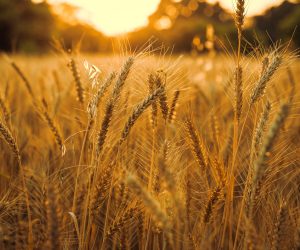
WHEAT
- Common Wheat
- Durum
- Spelt
- Khorasan Wheat
- More…

RICE
- Basmati Rice
- Sella Rice
- Mogra Rice
- Toota Rice
- More…
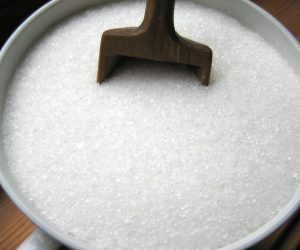
SUGAR
- White Sugar
- Brown Sugar
- Powdered Sugar
- Super Fine Sugar
- Bakers Special Sugar
- More…
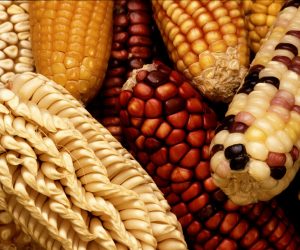
PULSES
- Corn
- Pulses
- Sweet Corn
- Flint Corn
- Tea
- More…

COTTON
- Textile Industry
- Yarn
- polyester
- Cotton
- More…
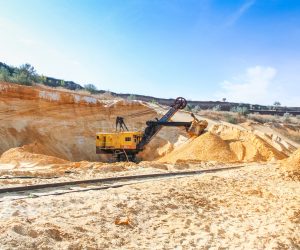
INDUSTRIAL
- Gold
- Silver
- Platinum
- Steel
- Iron Ore
- Coal
- More…
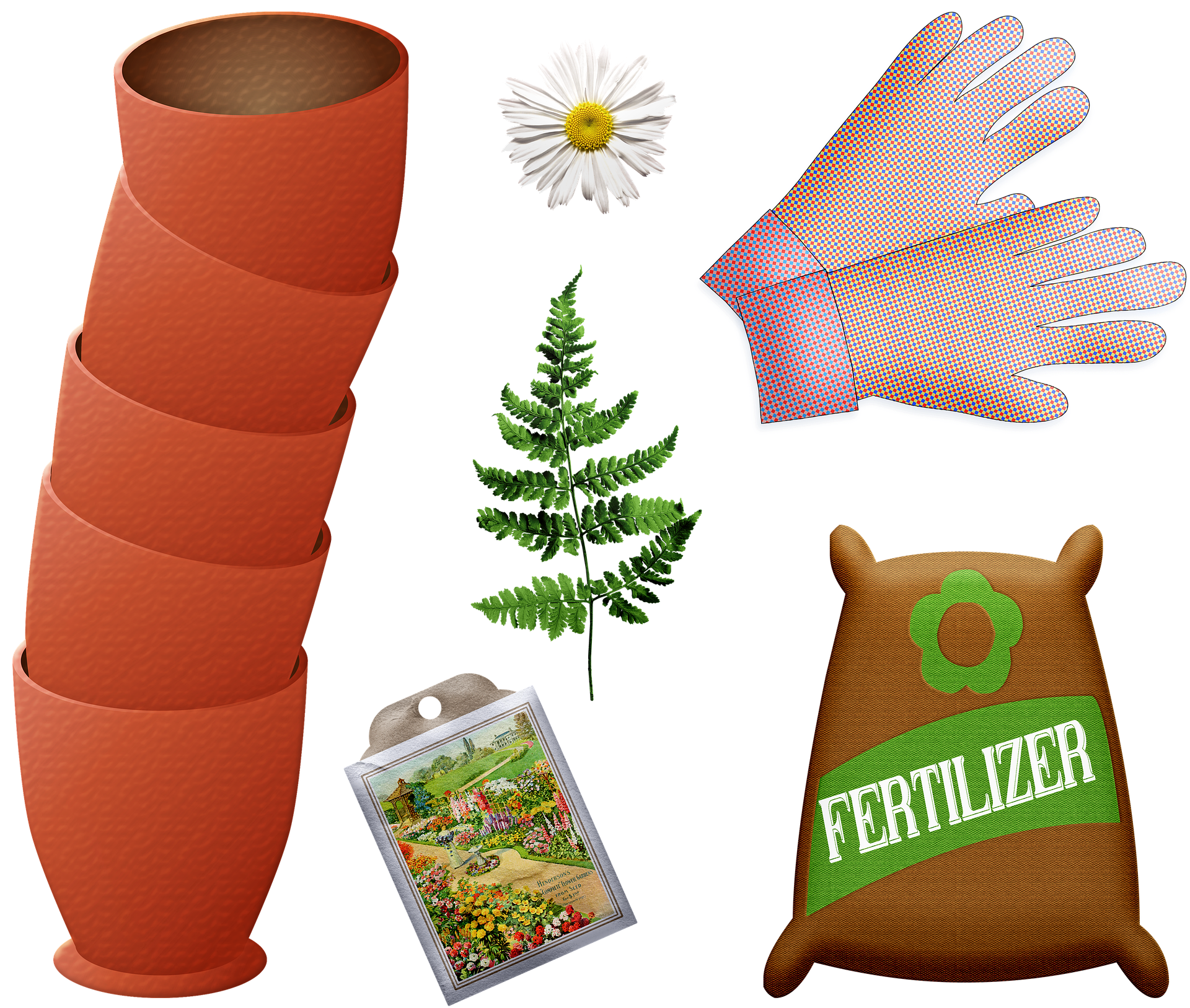
FERTILIZERS
- Nitrogen Fertilizers.
- Phosphate Fertilizers.
- Potassium Fertilizers.
- Fertilizer Forms
- More…

COMING SOON
- cooming soon….
